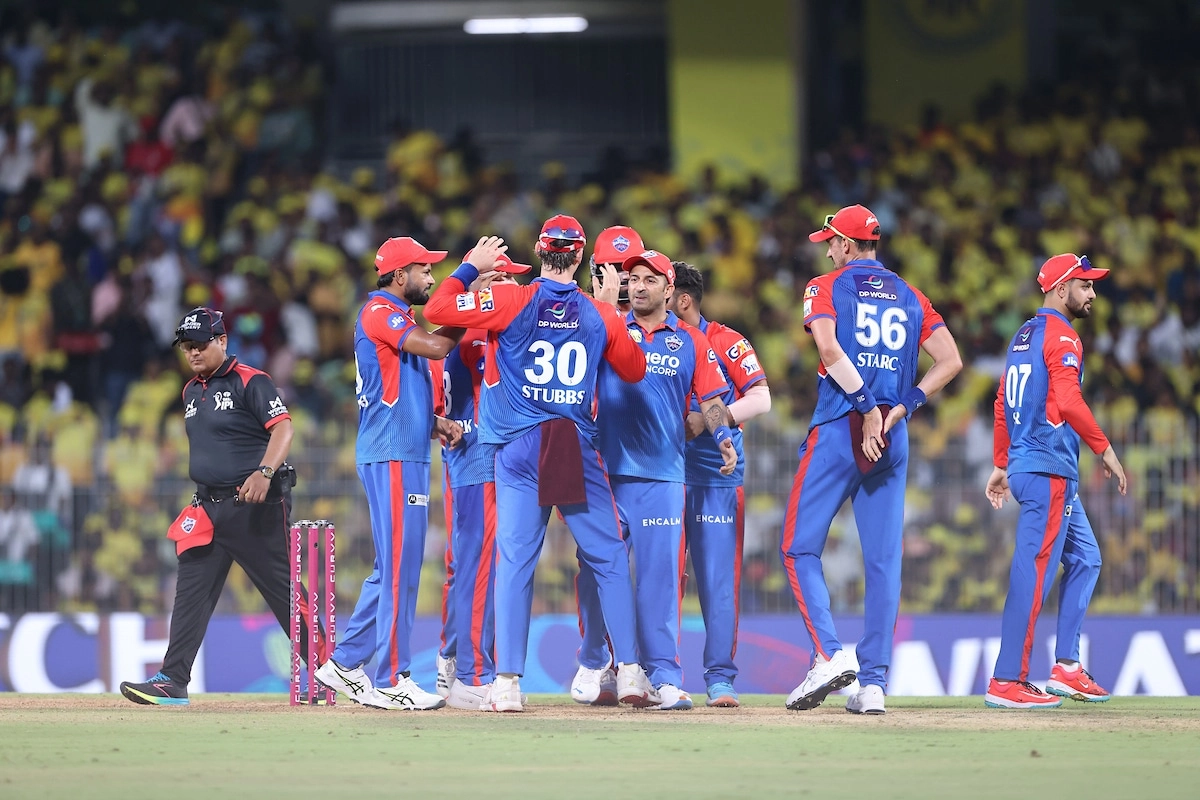Gautam Gambhir, the former Indian cricketer and captain, has recently found himself in the spotlight as old remarks he made regarding Rohit Sharma’s captaincy have resurfaced. Gambhir, known for his candid opinions and strong demeanor, had previously expressed disappointment over certain aspects of Rohit’s leadership. His comments, which highlighted a perceived lack of accountability and aggression in Rohit’s captaincy style, have reignited discussions among cricket enthusiasts and analysts alike. Gambhir’s critique pointed to the need for a captain who embodies both tactical acumen and the ability to inspire the team during challenging moments, which he felt was lacking at times under Rohit’s leadership.
The resurfacing of these remarks comes at a time when Rohit Sharma has been under scrutiny for his decisions and performance as captain of the Indian cricket team. Fans and experts are often vocal about their expectations from the captain, especially in high-stakes matches. Gambhir’s comments resonate with a segment of the cricketing community that believes in the importance of a strong and proactive leadership approach. His assertion that it is “a shame” reflects a sentiment shared by many who have witnessed India’s fluctuating fortunes in international cricket, particularly in crucial tournaments. The pressure on a captain is immense, and the ability to rally the team and make decisive calls can often be the difference between victory and defeat.
Furthermore, Gambhir’s remarks shed light on the broader conversation about leadership in cricket. Different captains bring varied styles and philosophies to the game, and the effectiveness of these approaches can be subjective. While some may view Rohit’s calm demeanor as a strength, others, like Gambhir, may see it as a drawback when the situation demands a more aggressive or assertive response. This divergence in opinions highlights the ongoing debate about what qualities make a successful captain and how those qualities manifest during critical moments on the field. As cricket fans continue to analyze and discuss these leadership styles, it becomes increasingly clear that the conversation around captaincy is as dynamic as the game itself.




